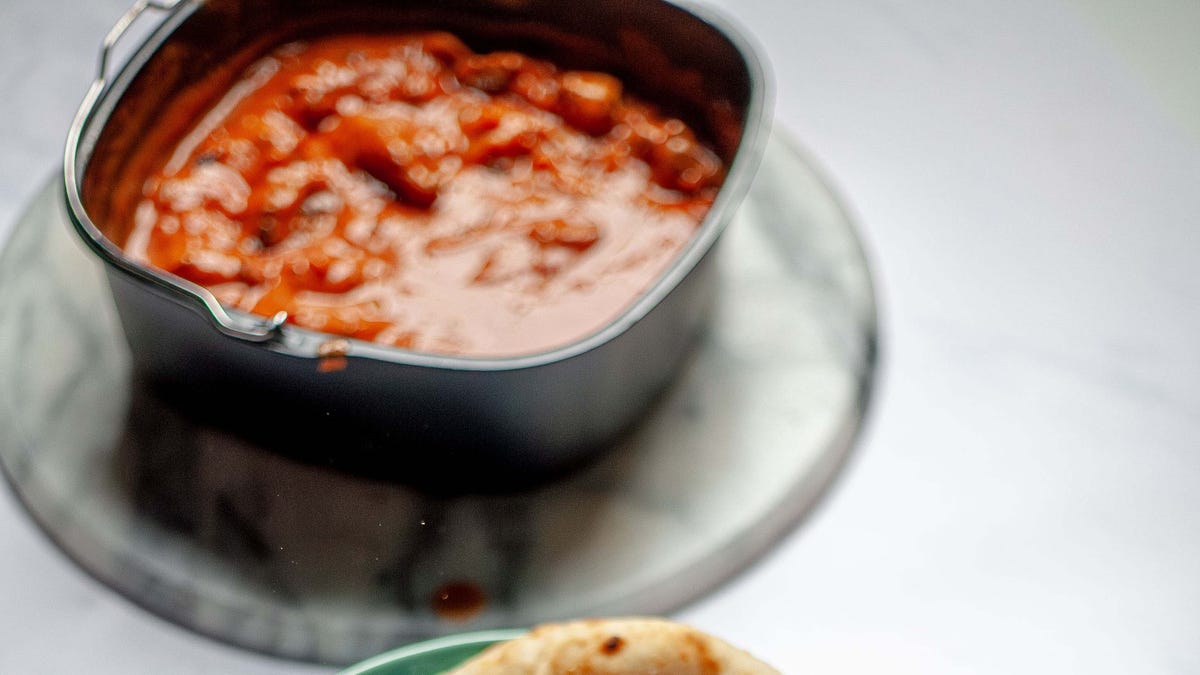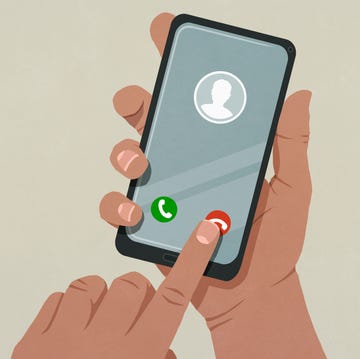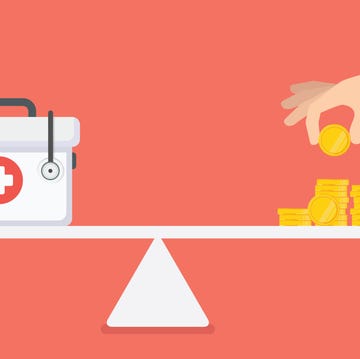More and more of us are swapping four wheels for two, but criminals are cashing in on our love of cycling, with 70,868 bike thefts a year reported to police in England and Wales alone, according to the ONS.
When your bike gets stolen, it's a huge expense and inconvenience to get a replacement, especially if you've spent time and money on choosing exactly the right tyres, lights, pedals and other accessories. It can also be heart-breaking, if you and your bike have been on some memorable trips together - whether that's the daily commute, exploring further afield or going on family bike rides with your loved ones.
So to reduce the risk of adding to the bike theft statistics, follow our expert tips and hopefully you and your bike will enjoy many more adventures to come.
What to read next
Insure your bike
Most bikes are stolen from the victim’s home or garden, according to BikeRegister. Check if your home contents insurance includes ‘pedal cycle cover’ - although policy limits vary so check carefully. With more expensive bikes, speak to your insurer as you may be able to pay more to list these on your policy.
Specialist bike insurance is an option if you commute, race or want cover for tyres or breakdowns. Most also include replacement bike hire, which a home policy is unlikely to offer. Check sites such as cycleinsurance.co.uk and quotezone.co.uk to compare quotes.
Register your bike
BikeRegister (bikeregister.com) is a national, police-approved marking and registration scheme. It’s free to register your bike and you get an online logbook as proof of ownership. UK police can access the database and if stolen bikes are recovered, registration details can be checked and bikes returned to their owners. You can also buy one of its security marking kits from £12.99, which provides a unique bike reference and ID label.
Buy the right lock
Check whether your insurer stipulates a specific type of lock; Direct Line says cheap locks can invalidate your policy and recommends either a keyed armoured cable lock, a keyed chain lock set or a D lock or U lock. Check your lock is certified Sold Secure, which means it has undergone testing and is recognised as more secure by most insurers. A stronger lock might cost more and add to the weight of the bike, but it's definitely worth it if it deters thieves.
Find more secure places to park
Look for well-lit, secure cycle parking, with CCTV and metal posts anchored in the ground. Direct Line advises taking removable parts with you, such as lights, saddle bags or even the saddle itself, to make your bike less attractive to thieves.
James Brown, managing director of Selectamark security systems, says: "Avoid parking in the same place every day. If thieves are 'stealing to order', they’re more likely to target you if they know where to find your bike."














